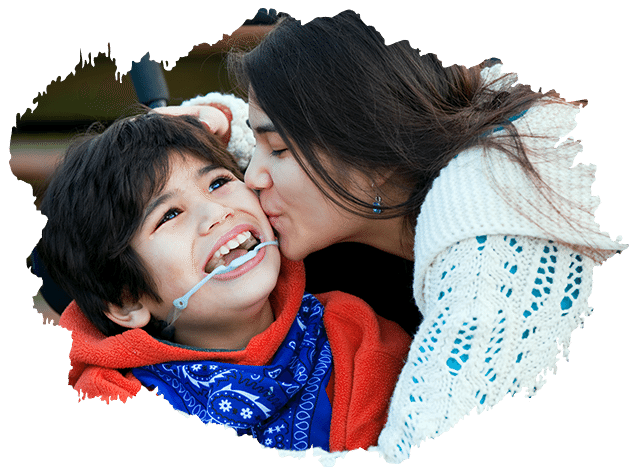Spastic Cerebral Palsy which is also sometimes known as bilateral spasticity is a disorder that is affecting nearly 70- 80 per cent of the diagnosed people. This form of cerebral palsy mainly affects muscle groups. However, it may lead to the creation of associated disorders as well.
This condition is caused due to brain damage that occurs during or after birth or in the initial years of a child’s development. Spastic cerebral palsy can manifest during the first year or so of the child’s life. The symptoms start getting more prominent with the progress of time.
The disease condition involves a developmental disorder affecting the development of the normal motor function. The child faces difficulty in picking up small objects due to an impaired motor function.

Normal function versus that in Spastic Cerebral Palsy
Muscles require a tone for maintaining the correct posture. This is what helps someone to walk correctly and maintain the speed and the flexibility. During this process, the sensory nerve fibres acting through the spinal cord and nerves would be interacting with the muscles for helping to control their movement.
In spastic cerebral palsy, the brain damage affects the muscle control movement, especially in the legs and arms. This influences the spinal cord and the nerve reactions in controlling the muscles leading to stiff, tense and spastic tone.
The faster the limb movements, the greater would the spasticity experienced. Children with the spastic cerebral disorder are not born with deformed extremities. But, due to the diseases and its nature, the extremities tend to be deformed in the later life due to stretching limitations.
Symptoms and related conditions
The condition of spastic cerebral palsy is seen to accompany diplegic, quadriplegic and hemiplegic cerebral palsy.
The symptoms of spastic cerebral palsy include hypertonia or an enhanced muscle tone. This can lead to stiff and painful limbs. Other symptoms include involuntary movement of limbs, incessant muscle contractions, limited stretching ability, abnormal walking where knees cross each other, joint contracture and more.
You can know more about spastic cerebral palsy and if it has occurred due to the medical negligence during or after the time of birth, you can claim for compensation for the same. You require expert guidance and solicitor for this. To know more about Spastic Cerebral Palsy, you can visit Cerebral Palsy Home.